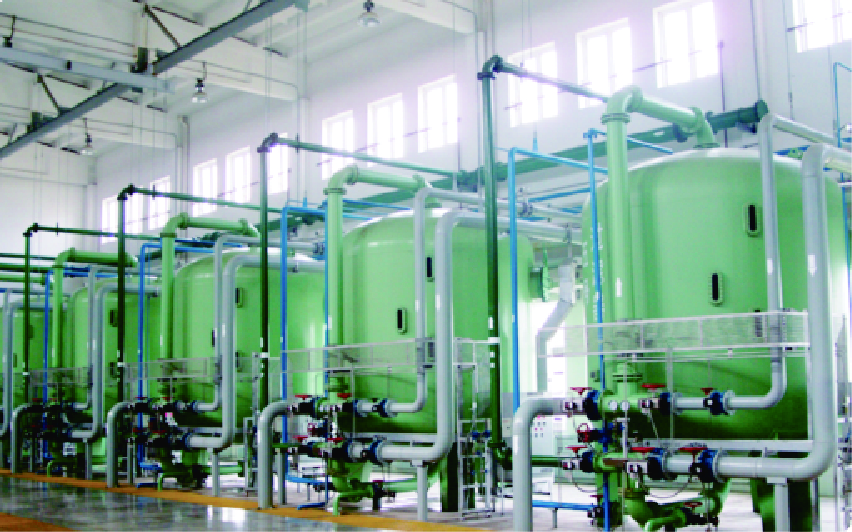
News
Oct . 14, 2024 10:46 Back to list
gluconic acid chelating agent
The Role of Gluconic Acid as a Chelating Agent
Gluconic acid, a naturally occurring organic acid derived from glucose, has carved a niche for itself in various industries due to its exceptional chelating properties. Chelating agents are compounds that can bind metal ions, forming stable complexes and effectively sequestering them. This quality makes gluconic acid invaluable in applications ranging from agriculture to food preservation and water treatment.
The Role of Gluconic Acid as a Chelating Agent
In agriculture, gluconic acid is used to enhance nutrient availability in the soil. Many essential nutrients, such as iron, manganese, and zinc, often exist in forms that plants cannot readily absorb. By forming chelates with these metal ions, gluconic acid improves their solubility and bioavailability. This not only boosts plant growth and yield but also reduces the need for synthetic fertilizers, contributing to more sustainable farming practices.
gluconic acid chelating agent

In the food industry, gluconic acid serves as an effective preservative. It helps to control metal ions that can catalyze the oxidation of food products, which leads to spoilage. By chelating these metals, gluconic acid extends the shelf life of food items, ensuring they remain safe and palatable for longer periods. Additionally, it plays a role in enhancing the flavor and stability of various food products, making it a multi-functional ingredient in food processing.
Water treatment is another significant application of gluconic acid. It effectively removes heavy metals and other contaminants from water, making it safe for consumption and environmental discharge. Gluconic acid chelates harmful ions, preventing them from causing harm to aquatic life and human health. Its use in water treatment processes exemplifies its versatility and importance in ensuring clean water supplies.
Furthermore, gluconic acid's chelating capabilities have garnered attention in various industrial processes, including textile production and metal processing. The ability to bind metal ions effectively aids in dyeing processes and metal extraction methods, thus improving efficiency and product quality.
In summary, gluconic acid stands out as a powerful chelating agent with a broad range of applications across multiple industries. Its biodegradability, efficacy in improving nutrient availability, food preservation, and water treatment makes it a sustainable and valuable tool. As the global focus shifts toward more environmentally friendly alternatives, gluconic acid is likely to play an increasingly important role in various sectors, enhancing both efficiency and sustainability.
-
Polyaspartic Acid Salts in Agricultural Fertilizers: A Sustainable Solution
NewsJul.21,2025
-
OEM Chelating Agent Preservative Supplier & Manufacturer High-Quality Customized Solutions
NewsJul.08,2025
-
OEM Potassium Chelating Agent Manufacturer - Custom Potassium Oxalate & Citrate Solutions
NewsJul.08,2025
-
OEM Pentasodium DTPA Chelating Agent Supplier & Manufacturer High Purity & Cost-Effective Solutions
NewsJul.08,2025
-
High-Efficiency Chelated Trace Elements Fertilizer Bulk Supplier & Manufacturer Quotes
NewsJul.07,2025
-
High Quality K Formation for a Chelating Agent – Reliable Manufacturer & Supplier
NewsJul.07,2025
